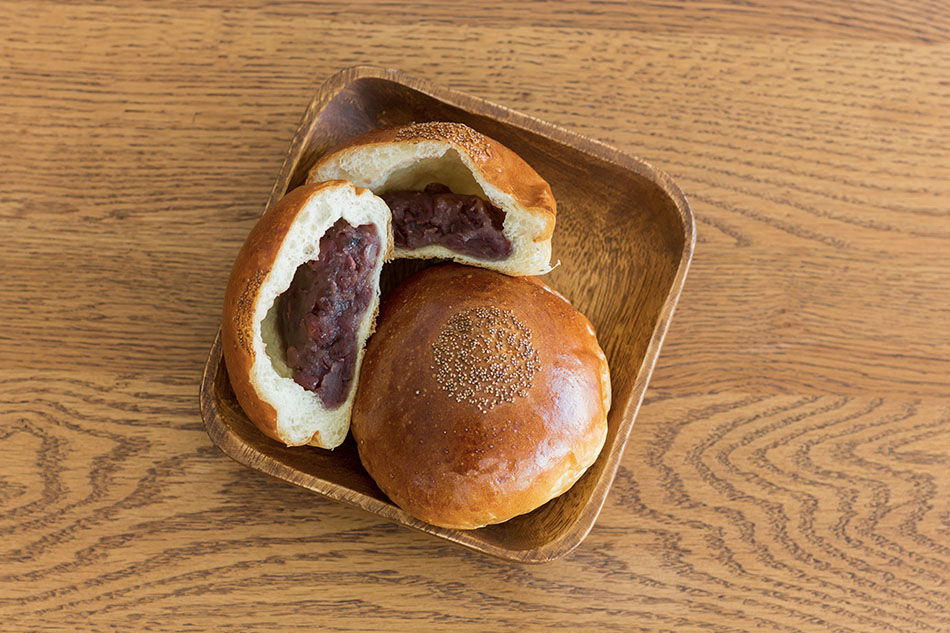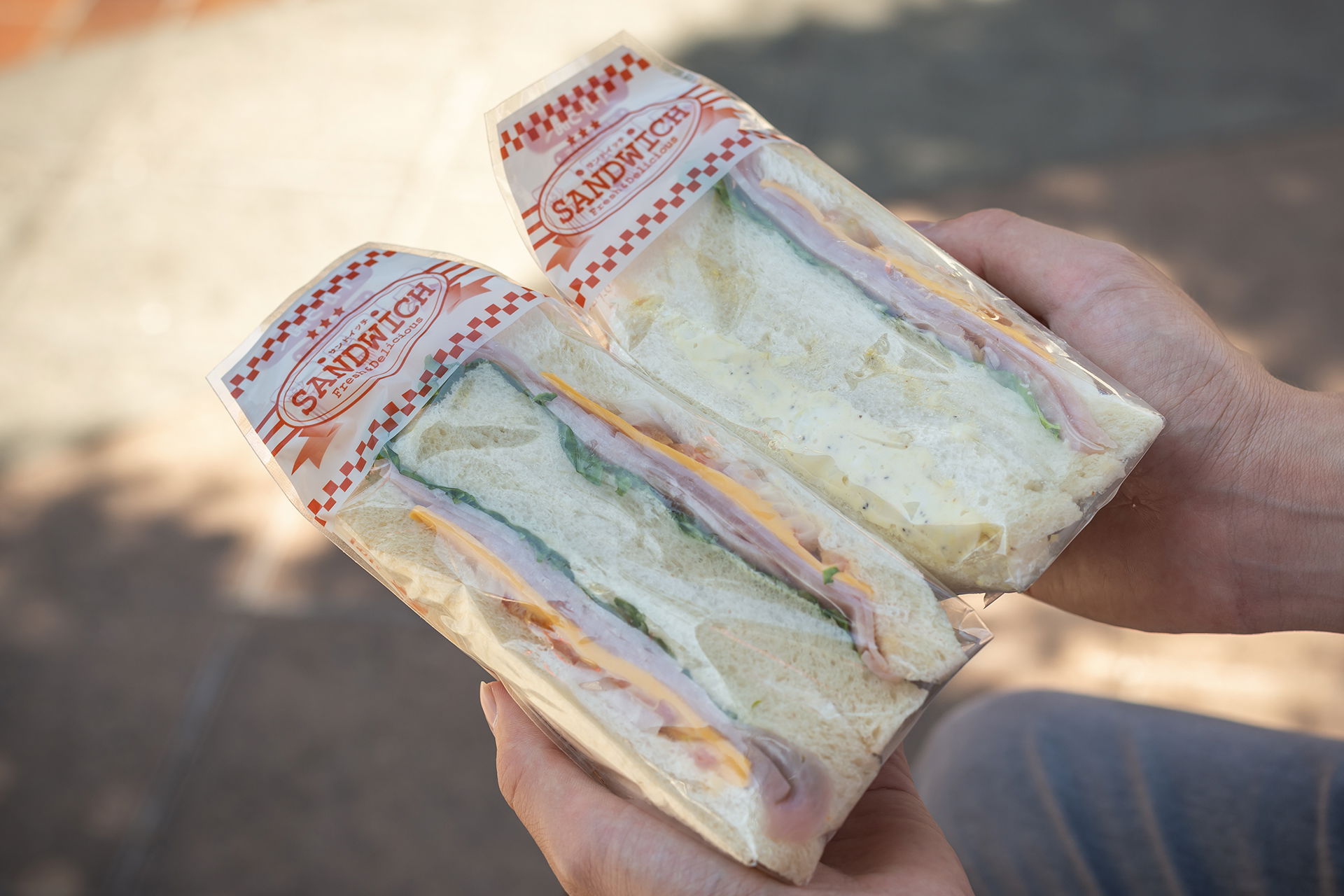Table of contents:
Bread became widespread with the industrialization and Westernization of Japan. However, at first, it was difficult to sell rolls and bread to the Japanese people. But gradually, even with the invention of the Anpan in 1874, bread became more and more popular.
In this post, you will learn about the different types of Pan. That's what rolls are called in Japan.
Sandwich - サンドイッチ

Japanese sandwiches are very similar to German ones. I would say the difference is the lack of a crust and the slightly sweet bread.
Of course, the filling in the sandwich is very different. From Tonkatsu , ham, egg salad, etc., there are many different types.
Shokupan - 食パン
Bread is crucial for sandwiches. Toast or white bread is called Shokupan in Japan. It is very soft, white, and slightly sweet.
Anpan - あんぱん

Anpan was invented in 1874 by Yasubei Kimura. Anko, a red bean paste, is contained inside.
Melonpan - メロンパン

Melon bread, or Melonpan in Japanese, consists of a cookie/shortcrust pastry layer on the outside and is fluffy on the inside. The grid pattern is its trademark.
Kare Pan - カレーパン

Korokke Pan - コロッケパン





Comments
Hallo Zusammen, ich möchte hier auf einen kleinen Fehler hinweisen. Sofern ein japanisches Brot organische Komponenten wie Zucker Stärke, Fette/Öle oder Proteine besitzt, lässt sich immer auch ein physikalischer Brennwert (vollständige Verbrennung/Oxidation) bestimmen. Ich mein es soll ja auch Bäcker geben, die einem Steine servieren. Aber ich denke nicht, dass japanisches Brot zu dieser Kategorie gehört :) Viele Grüße Vanessa